4D bioprinting based on hydrogel extrusion/polymer near-field direct writing composite process
QQ Academic Group: 1092348845
Detailed
In tissue engineering, although the bio-3D printing manufacturing technology has great potential, there are still defects in the manufacture of some special structures. For example, for hollow tubular structures, it is difficult to remove the soft and small diameter structures from the shaft intact with the traditional rotary printing method, and the inoculation of cells is also difficult to distribute evenly due to the principle of gravity. In addition, in application scenarios such as nerve catheters and blood vessels, cells are required to have a directional arrangement effect. These are challenges that traditional 3D printing cannot overcome. To this end, the Leonid Ionov research group of Bayreuth University in Germany published a paper entitled 4D Biofabrication Using a Combination of 3D Printing and Melt-Electrowriting of Shape-Morphing Polymers in ACS Applied Materials & Interfaces, and proposed a 4D bioprinting , The membrane-like hydrogel can be automatically curled in the corresponding solution to form a small-diameter tubular structure with a controllable size. The combined near-field direct-write fibers can guide the cells to produce a directional effect.
The researchers first used the extrusion printing process to print the photoinitiator-containing methacrylic alginate gel (AA-MA) into a circular film, which was cured and dried by ultraviolet light, and then used near-field direct writing on the surface The PCL fibers are deposited on the surface of the gel in an orientation. The double-layer structure is placed in a cell-containing solution and fixed by a Teflon ring to prevent curling in the solution. Since alginate has high sensitivity to calcium ions, the concentration of calcium ions can be used as a stimulus to trigger and control deformation. Finally, the loop is removed, and the gel structure is curled, as shown in Figure 1.
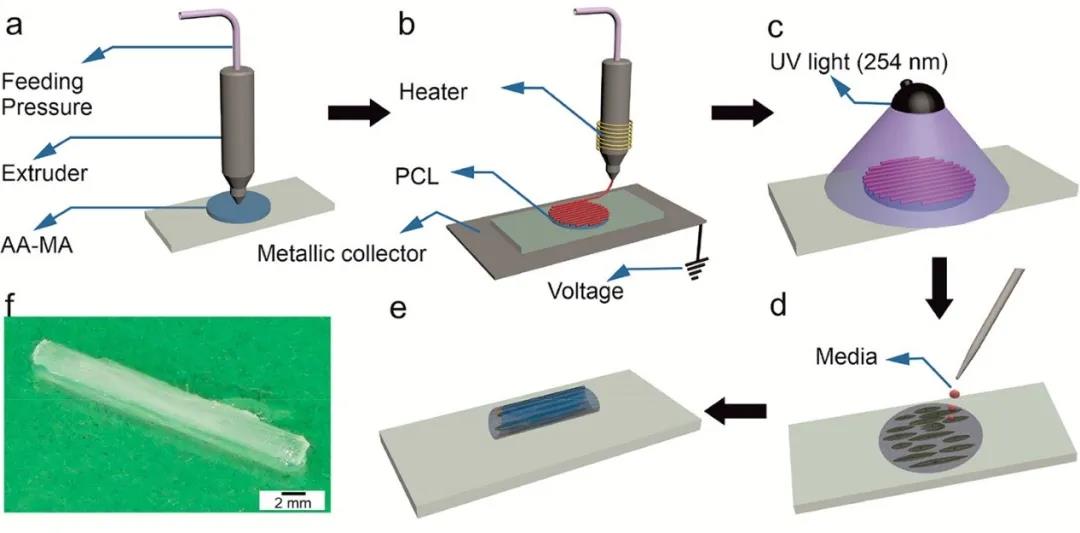
Figure 1 Schematic diagram of 4D printed double-layer structure tube
The researchers studied the two processes separately. First, they conducted a quantitative study on the mechanical properties and swelling properties of the AA-MA layer to understand the influence of photoinitiator concentration and crosslinking time, as shown in Figure 2. As the concentration of IRG2959 increases and the cross-linking time increases, the elastic modulus of the formed gel sheet increases. In the water environment, the cross-linking density gradient caused by ultraviolet light irradiation leads to uneven expansion, so the alginate layer can be rolled into a tube/reel. It is observed through experiments that the pipe diameter decreases as the elastic modulus increases. It is worth noting that the elastic modulus of hydrogel is close to that of muscle tissue.
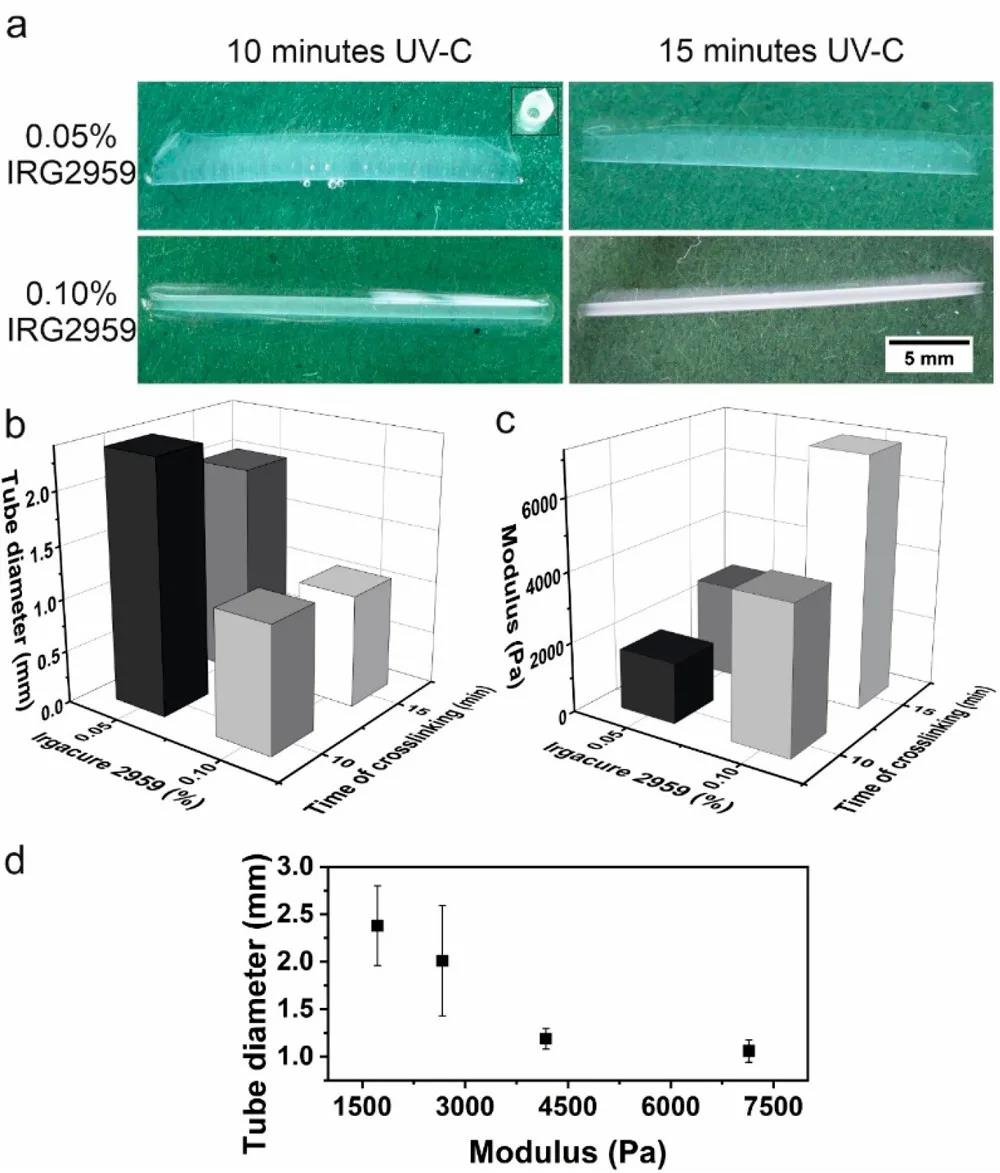
Figure 2 Mechanical properties of photo-crosslinked gel AA-MA
Secondly, the researchers studied the PCL near-field direct writing process, as shown in Figure 3. Under appropriate process parameters, the diameter of the fibers produced can reach 12-17μm, which is equivalent to the diameter of collagen fibers in natural ECM (1-20μm). In the microscopic study of the fiber by electron microscope and X-ray scattering, the researchers observed that the spherulites formed along the fiber had an average size of 22±8μm. It is worth noting that the formation of spherulites was not observed in the 200 nm thick fiber obtained by traditional electrospinning. This phenomenon shows that the PCL fiber of near field direct writing is not stretched like ordinary fiber, and the shrinkage phenomenon similar to traditional electrospun fiber will not be observed after heating to 37°C.
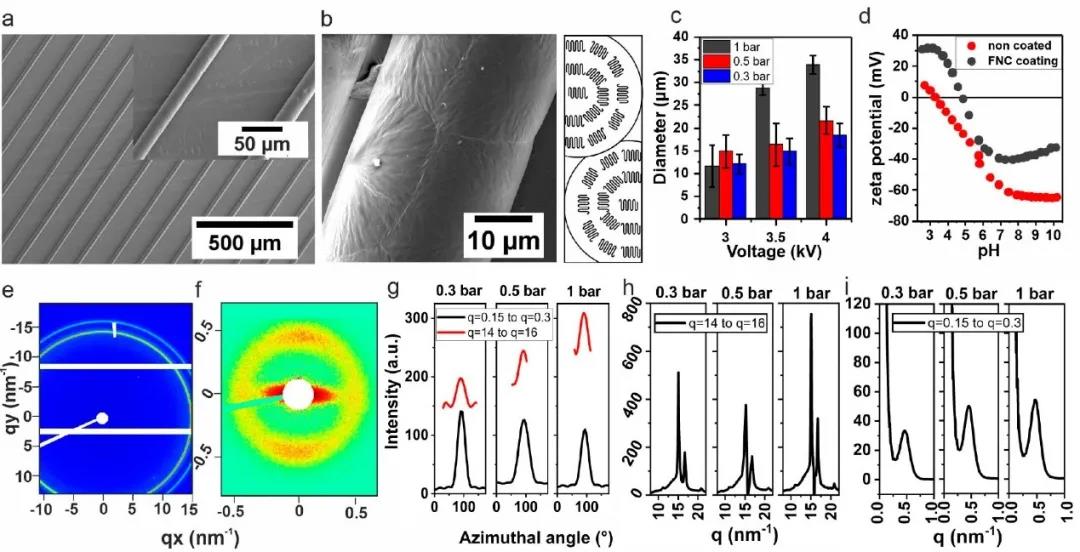
Figure 3 Related characterization of PCL fiber in near field direct writing
Next, the author studied the performance of the AA-MA/PCL double-layer membrane. Two layers of AA-MA are laminated and printed together, and they are photocrosslinked for 15 minutes at a photoinitiator concentration of 0.1%, and then several layers of PCL fibers are deposited to change the thickness ratio of the PCL and AA-MA layers. The bilayer membrane rolls in the calcium-free aqueous solution and forms a tube, and the addition of calcium salt causes the bilayer to unfold. In addition, the addition of EDTA can also cause the unfolded double-layer film to curl up again. By changing the concentration of Ca2+ ions in the medium and the thickness ratio of PCL/AA-MA, the diameter of the formed tube can be precisely controlled
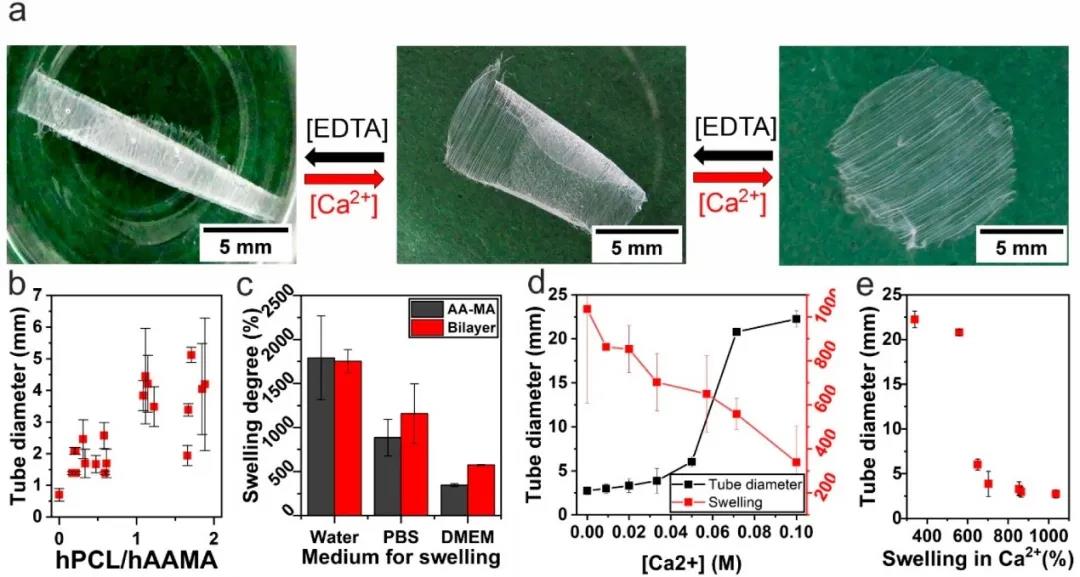
Figure 4 Characterization of deformation performance of double-layer structure
The shape of the double-layer membrane has a greater influence on the direction of deformation, as shown in Figure 5. Take the three folding directions of PCL fiber as an example: parallel, diagonal, and perpendicular. For rectangles, most of the vertical folds (66%) can be observed, but no diagonal folds are observed. Interestingly, for the round, more than 50% bends parallel to the fiber, and the ratio of the round double layer that is folded diagonally and vertically is the same, about 20%. Probably due to the symmetrical circular shape, the strain on the edges is reduced, resulting in more parallel folds. Compared with the orientation of the fibers, PCL fibers have no obvious preferred folding direction, which indicates that PCL fibers have little effect on the folding of the AA-MA layer.
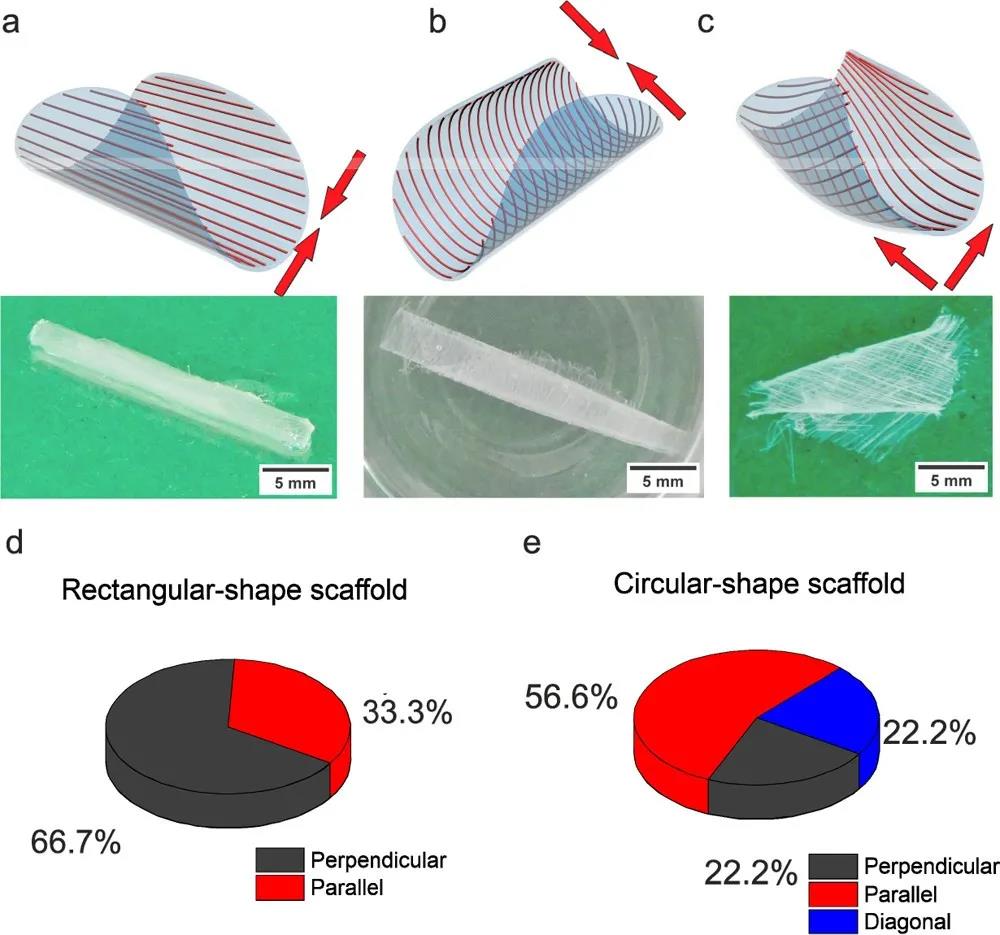
Figure 5 Folding direction of AA-MA/PCL double layer material
Finally, the researchers conducted cell experiments on the printed double-layer structure, as shown in Figure 6. Experiments have shown that the metabolic rate of cells on the AA-MA membrane and bilayer membrane increases with time. But the metabolic activity of the bilayer membrane increases at a higher rate than AA-MA

Figure 6 Cell death test results of pure AA-MA membrane and double membrane
Due to the presence of PCL fibers, the cells seeded on the double-layer scaffold are highly aligned in the relatively pure AA-MA group. But over time, the cells aggregate and form clusters, reducing the degree of cell alignment. This may be because alginate is a hydrophilic material with low protein adsorption capacity, which reduces the adhesion between membrane cell proteins and materials.
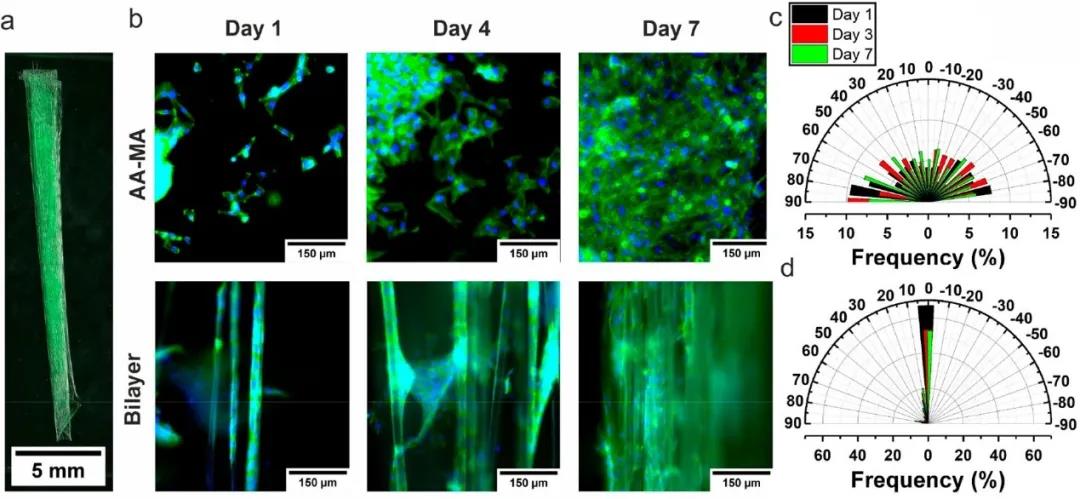
Figure 7 Orientation distribution of cells in pure AA-MA membrane and double membrane
In summary, this article proposes a 4D printing structure that can curl into a tube in solution. By combining traditional hydrogel extrusion and near-field direct writing, the composite structure enables the seeded cells to produce a high degree of orientation. Therefore, the 4D printing method based on the combination of hydrogel 3D printing and molten polymer fiber direct writing has great application prospects in tissue engineering that requires uniaxial orientation of cells.
Link to the paper: https://pubs.acs.org/doi/10.1021/acsami.0c18608
The researchers first used the extrusion printing process to print the photoinitiator-containing methacrylic alginate gel (AA-MA) into a circular film, which was cured and dried by ultraviolet light, and then used near-field direct writing on the surface The PCL fibers are deposited on the surface of the gel in an orientation. The double-layer structure is placed in a cell-containing solution and fixed by a Teflon ring to prevent curling in the solution. Since alginate has high sensitivity to calcium ions, the concentration of calcium ions can be used as a stimulus to trigger and control deformation. Finally, the loop is removed, and the gel structure is curled, as shown in Figure 1.

Figure 1 Schematic diagram of 4D printed double-layer structure tube
The researchers studied the two processes separately. First, they conducted a quantitative study on the mechanical properties and swelling properties of the AA-MA layer to understand the influence of photoinitiator concentration and crosslinking time, as shown in Figure 2. As the concentration of IRG2959 increases and the cross-linking time increases, the elastic modulus of the formed gel sheet increases. In the water environment, the cross-linking density gradient caused by ultraviolet light irradiation leads to uneven expansion, so the alginate layer can be rolled into a tube/reel. It is observed through experiments that the pipe diameter decreases as the elastic modulus increases. It is worth noting that the elastic modulus of hydrogel is close to that of muscle tissue.

Figure 2 Mechanical properties of photo-crosslinked gel AA-MA
Secondly, the researchers studied the PCL near-field direct writing process, as shown in Figure 3. Under appropriate process parameters, the diameter of the fibers produced can reach 12-17μm, which is equivalent to the diameter of collagen fibers in natural ECM (1-20μm). In the microscopic study of the fiber by electron microscope and X-ray scattering, the researchers observed that the spherulites formed along the fiber had an average size of 22±8μm. It is worth noting that the formation of spherulites was not observed in the 200 nm thick fiber obtained by traditional electrospinning. This phenomenon shows that the PCL fiber of near field direct writing is not stretched like ordinary fiber, and the shrinkage phenomenon similar to traditional electrospun fiber will not be observed after heating to 37°C.

Figure 3 Related characterization of PCL fiber in near field direct writing
Next, the author studied the performance of the AA-MA/PCL double-layer membrane. Two layers of AA-MA are laminated and printed together, and they are photocrosslinked for 15 minutes at a photoinitiator concentration of 0.1%, and then several layers of PCL fibers are deposited to change the thickness ratio of the PCL and AA-MA layers. The bilayer membrane rolls in the calcium-free aqueous solution and forms a tube, and the addition of calcium salt causes the bilayer to unfold. In addition, the addition of EDTA can also cause the unfolded double-layer film to curl up again. By changing the concentration of Ca2+ ions in the medium and the thickness ratio of PCL/AA-MA, the diameter of the formed tube can be precisely controlled

Figure 4 Characterization of deformation performance of double-layer structure
The shape of the double-layer membrane has a greater influence on the direction of deformation, as shown in Figure 5. Take the three folding directions of PCL fiber as an example: parallel, diagonal, and perpendicular. For rectangles, most of the vertical folds (66%) can be observed, but no diagonal folds are observed. Interestingly, for the round, more than 50% bends parallel to the fiber, and the ratio of the round double layer that is folded diagonally and vertically is the same, about 20%. Probably due to the symmetrical circular shape, the strain on the edges is reduced, resulting in more parallel folds. Compared with the orientation of the fibers, PCL fibers have no obvious preferred folding direction, which indicates that PCL fibers have little effect on the folding of the AA-MA layer.

Figure 5 Folding direction of AA-MA/PCL double layer material
Finally, the researchers conducted cell experiments on the printed double-layer structure, as shown in Figure 6. Experiments have shown that the metabolic rate of cells on the AA-MA membrane and bilayer membrane increases with time. But the metabolic activity of the bilayer membrane increases at a higher rate than AA-MA

Figure 6 Cell death test results of pure AA-MA membrane and double membrane
Due to the presence of PCL fibers, the cells seeded on the double-layer scaffold are highly aligned in the relatively pure AA-MA group. But over time, the cells aggregate and form clusters, reducing the degree of cell alignment. This may be because alginate is a hydrophilic material with low protein adsorption capacity, which reduces the adhesion between membrane cell proteins and materials.

Figure 7 Orientation distribution of cells in pure AA-MA membrane and double membrane
In summary, this article proposes a 4D printing structure that can curl into a tube in solution. By combining traditional hydrogel extrusion and near-field direct writing, the composite structure enables the seeded cells to produce a high degree of orientation. Therefore, the 4D printing method based on the combination of hydrogel 3D printing and molten polymer fiber direct writing has great application prospects in tissue engineering that requires uniaxial orientation of cells.
- Long press the QR code to read the original English text -
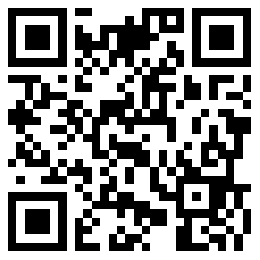
Link to the paper: https://pubs.acs.org/doi/10.1021/acsami.0c18608
- Previous: Tu Yusong from Yangzho
- Next: A Rising 2D Star: Nove


 Academic Frontier
Academic Frontier
